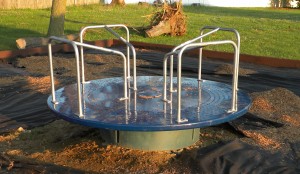The weather here has been crazy. Nice and warm and spring-like, then BOOM! Snow squalls and below-freezing temperatures. Is it any wonder that I am having trouble finding my rhythm, when Mother Nature herself is out of sorts?
In spite of it all, this has been a fairly productive week. I have completed the interior file for the public version of my genealogy book. After cutting out the living people, it was 5 pages shorter.
Next, I will get the cover templates for the hard cover and the paperback, and create those. With only a 5 page differential, the cover template size may not change. If that is the case, I can use the same files I used for the family version. Either way, it is not much work.
Then, all that remains is to order the print proof and then have it go live once I approve it.
I also received the latest edits to my middle grade novel The Curse of the Pharaoh’s Stone from my co-author. We have been trying to find a home for this book for years, but it is not in a “hot genre” so it has been a hard road. We are going to try the traditional route once more after this clean up, and if we cannot get traction, we will self-publish. We believe deeply in this book, we want to get it out to the readers.
So getting to those edits is the next project after the genealogy book is done.
Speaking of genealogy, my mom’s DNA sample is “processing”. Fingers crossed our unorthodox method of collection doesn’t cause problems!
How is March wrapping up for you?


Spring Break 2022–CoronaLife Day 768
So it’s been a fairly productive spring break, all things considered.
I am close to solving a genealogical mystery (or reaching a total dead end).
I am nearing completion of a document about a family Bible my husband’s family has. I will then post it on ancestry sites so others in the family can access it.
I am going to finish the first pass of the edits on The Curse of the Pharaoh’s Stone.
My co-author Jeff Pero sent me his suggested edits a few weeks ago. I was finishing up my genealogy book, so had to put off looking at it until this week. I imported his Open Office Document, and first Word said it was corrupt and couldn’t open it. Then it said if I trusted the sender, it would open it and see what we got. So I did. All of Jeff’s comments were there, but all his Track Changes were not. Sigh.
First I went through and read/addressed the comments Once that document was “clean”, I opened the original file I had sent to him. Then I merged the two into a new file that would show the differences between them, essentially replicating the Track Changes.
I’ve been working through them, and should finish tomorrow. Then I want to read through it myself, and see if there is anything I would like to polish, since it has been some years since I looked at it properly, and I have learned more about writing since then. I know we need to work on the first chapter, but I have a few ideas to talk over with Jeff.
The rest of the book we are happy with, so once we get that first chapter to where we are satisfied, we’ll move ahead toward publishing. Not sure yet if we want to try for an agent (again) or just move on to self-publishing. We shall see.
So, are you on Spring Break? And if so, what have you been up to?